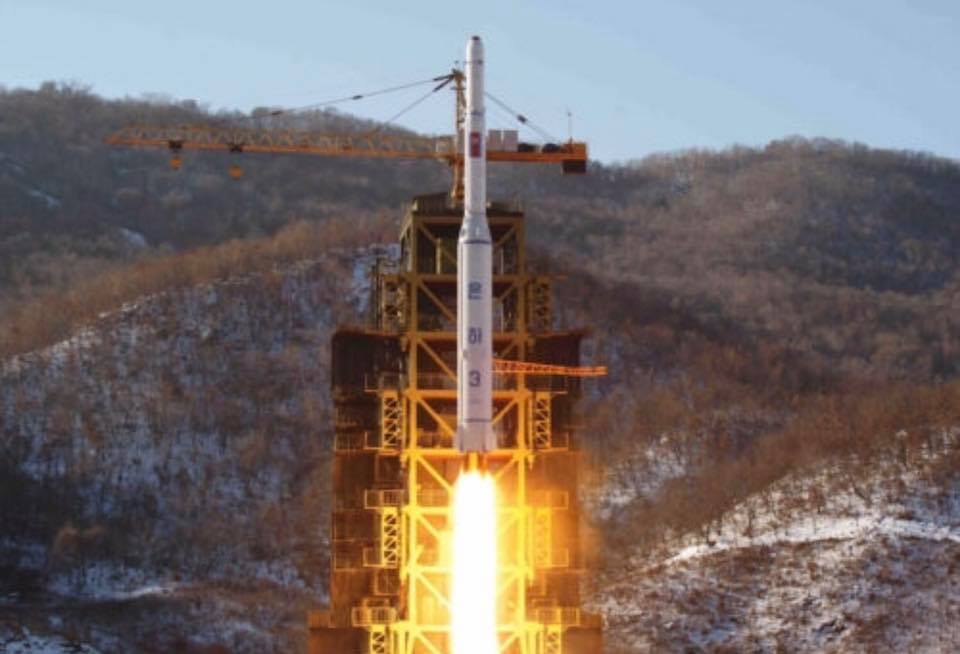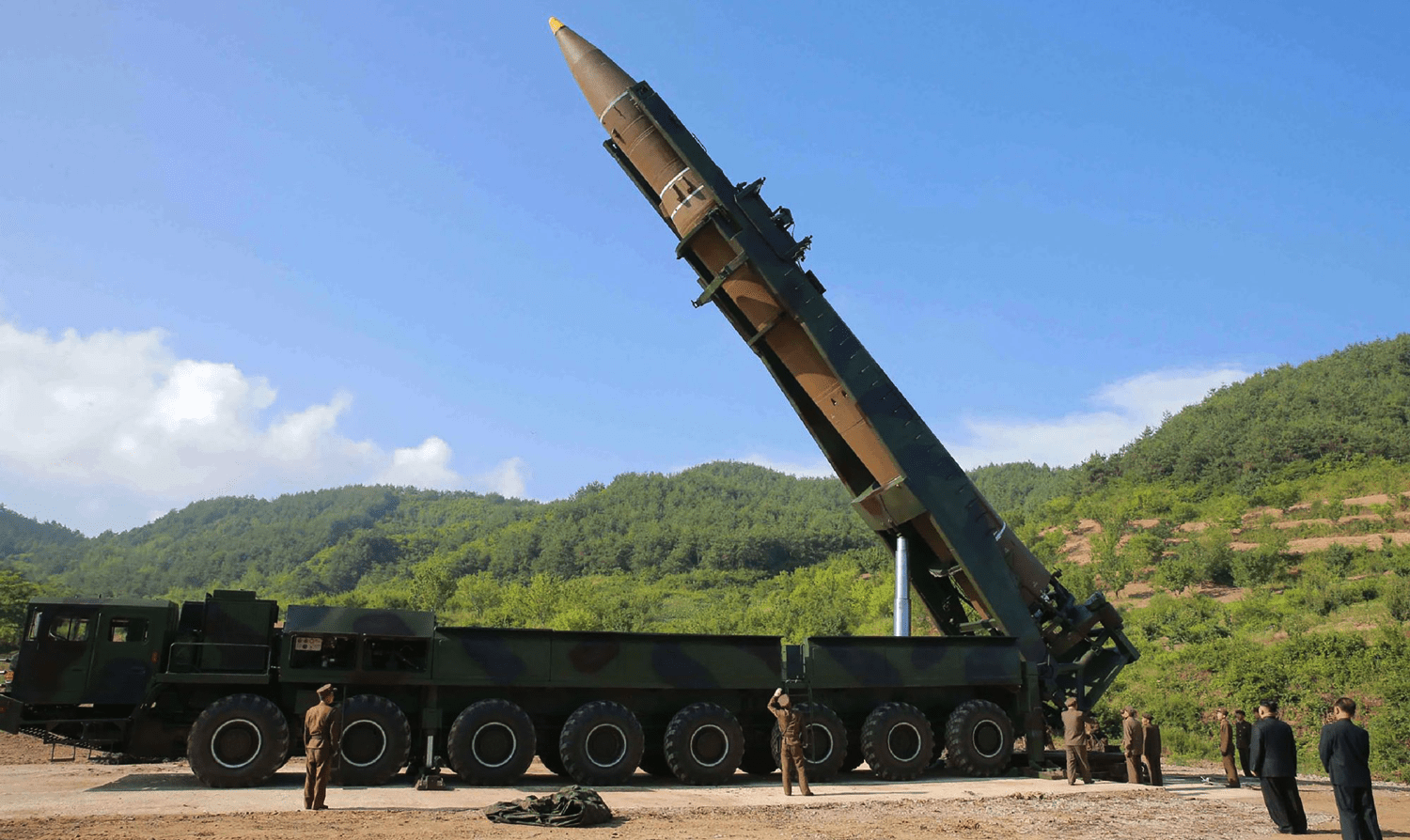News
Taepodong 2 – The North Korean Missile that Never Existed: How Western Analysts Mistook a Civilian Satellite Launcher for an ICBM
In the early stages of the North Korean ballistic missile program the country relied heavily on relatively relatively simple liquid fuelled designed based heavily on Soviet technologies. These included the short range Hwasong-5, 6 and 9 based on the Scud B and C, the solid fuelled KN-02 Toksa based on the OTR-21 Tochka obtained through Syria, and the medium range Rodong-1. All of these missiles were directly derived from previous Soviet designs, other than the Hwasong-9 which enhanced the Scud design with a much longer range, greater accuracy and a manoeuvrable reentry vehicle, and the Rodong-1 which was a much scaled up derivative of the Scud that placed American bases across Japan within range. These assets were all exported to a number of Pyongyang’s defence partners including Pakistan, Syria and Iran among others, and though formidable they were far less cutting edge for their time than the kinds of missiles North Korea would begin to field in the 2010s. Throughout the 2000s, Western analysts reported almost unanimously that North Korea, despite the relatively basic state of its technologies, was developing or had already developed an intercontinental ballistic missile that was also based on Soviet Scud technologies, which was referred to in the West as the Taepodong 2.

In the United States, director of Central Intelligence George Tenet gave testimony to the Senate Armed Services Committee in the late 1990s that North Korea was on the verge of developing an intercontinental ballistic missile of hitting the continental United States mainland. He observed at the time that the country’s defence sector had “demonstrated technology that with the resolution of some important technical issues would give North Korea the ability to deliver a very small payload to intercontinental ranges, including parts of the United States, although not very accurately.” Referring directly to the Taepodong 2, he stated that the two stage liquid fuelled missile “would be able to deliver significantly larger payloads to mainland Alaska and the Hawaiian Islands and smaller payloads to other parts of the United States.” Tenet further predicted that the missile would likely be developed into a three stage derivative which could “deliver large payloads to the rest of the United States.” He also said that he was “deeply concerned that North Korea has a covert [nuclear weapons] program” and he cited North Korea’s secret underground facility as a “key target for us to watch.” U.S. ambassador to the United Nations Samantha Power would years later directly refer to the Taepodong 2 when confronting North Korean diplomats, accusing them of developing ICBM technologies. Japanese media reported in August 2003 that not only was the Taepodong 2 a very real threat, but that the missile was being delivered to Iran where North Korea was set to deliver a production plant to support Iranian license manufacturing of ICBMs.

While North Korea has long displayed its missile capabilities as a symbol of its strength, Pyongyang notably never announced a ‘Taepodong 2’ or any missile which would fit its description. Analysis of the Taepodong 2 program reveals in fact that there never was such a missile, and that allegations against North Korea had been fictitious, and it would not be until 2017 that the country inducted its first ICBMs into service. The Taepodong-2 was supposedly based on the North Korean Unha-2 and Unha-3 satellite launch vehicles, which were used to deploy the country’s Kwangmyongsong-2, 3 and 4 weather observation satellites into space. The launch vehicles were indeed thought to be powered by similar engines to those used by the Rodong missiles, but they were far from viable for use as combat assets. The Unha rockets carried modest payloads for their size and required days to assemble using vast scaffolding structures, which made them extremely vulnerable to enemy strikes with abysmal response time if pressed into combat use. North Korea’s ballistic missiles have prized survivability and deployed from mobile transporter erector launchers – allowing them to launch with in minutes and remain mobile until then. This has included all kinds of ballistic missiles from older tactical missiles like the Hwasong-5, to newer ICBMs several times its size such as the Hwasong-17.

Regarding the Unha launchers’ lack of viability as weapons systems, aerospace engineer and North Korea missile program analyst John Schilling noted: “An intercontinental ballistic missile (ICBM) using the basic Unha design, does not appear to be part of Pyongyang’s plan. We first mistook that rocket (from grainy satellite photos) as an ICBM, and gave it the delightful name ‘Taepodong-2.’ But the Unha is clearly not optimised for military use; it is too large and cumbersome, and its upper stages would have more thrust if they were meant to carry heavy warheads.” Allegations that North Korea was testing an ICBM, rather than peacefully pursuing a space program, nevertheless served as a valuable pretext for Western powers to push for more economic sanctions through the United Nations against their East Asian adversary. It was only later in the 2010s that the U.S. Department of Defence would report that the Taepodong-2 had never been deployed as a missile, with Western analysts at the same time reporting that the Unha space launch vehicle had in fact never been intended as such. With North Korea widely referred to in Western intelligence circles as an ‘intelligence black hole,’ the Taepodong 2 represented but one of several sensationalised stories which would come to affect U.S. foreign policy towards the country – but which in fact had very little basis in reality.












